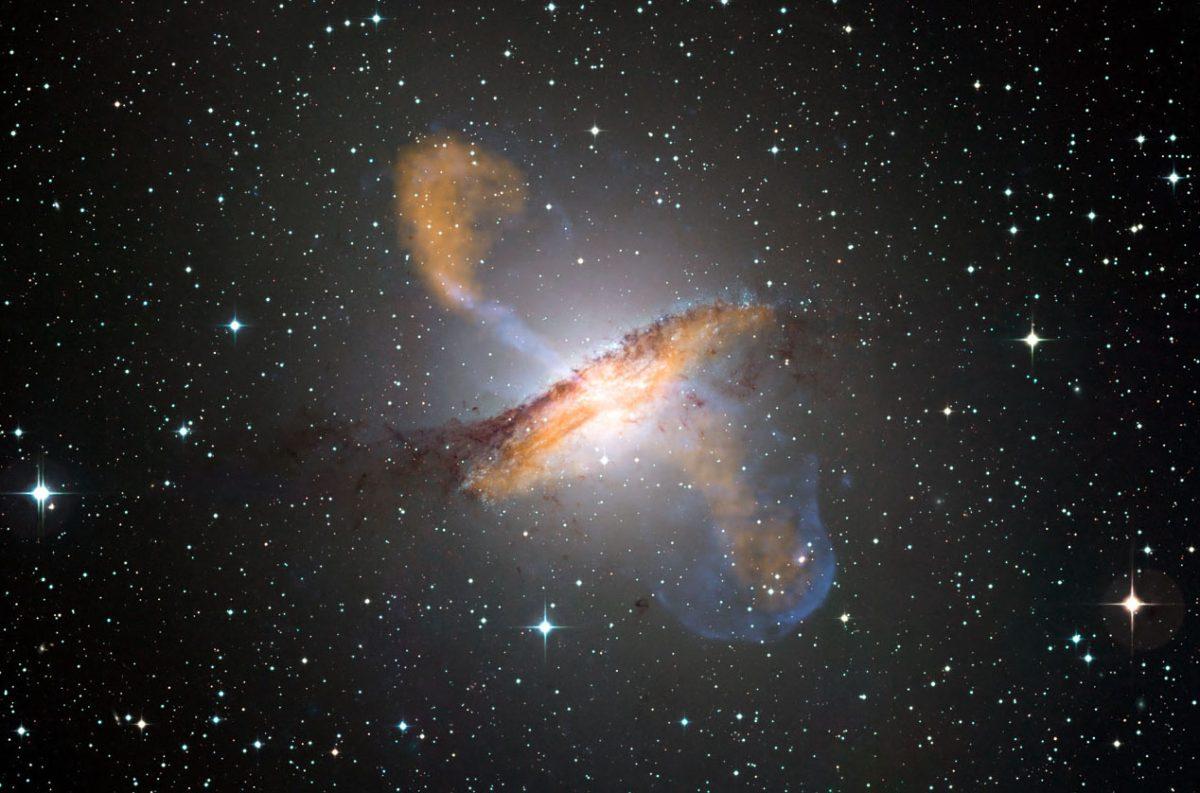On Aug. 16, the Texas A&M Board of Regents approved both an A&M Space Institute and a facility that will work with NASA to keep Texas’ place in space.
The Texas legislature granted a $350 million investment into Texas aerospace activity in House Bill 3447, according to Texas A&M Today.
A&M University Space Institute Director Nancy Currie-Gregg said this investment aims to keep Texas at the forefront of space.
She said $150 million of the investment will go to the Space Economy Consortium for research and will be important for NASA as it aims to return to the moon and visit Mars, Currie-Gregg said.
Of the $350 million investment, $200 million will go to A&M for the construction of an institute “co-located” with the Johnson Space Center in Houston, Currie-Gregg said. The location of the facility will allow students and faculty to engage more with NASA stakeholders.
“Whether it’s interfacing with industry or academia, the co-location is really the key to success,” Currie-Gregg said.
A&M has faculty across all departments who have expertise in space through research or personal experience, such as four former astronauts, Currie-Gregg said.
“We already have an extreme breadth and depth of talent at this university,” Currie-Gregg said.
Mechanical engineering doctoral student Alexander Duffy is the program manager for AggieSat Laboratory, a student-run space systems engineering program.
There is a “renewed drive and spirit” for space exploration, and it is reflected at A&M, Duffy said.
“[Having space-related organizations] shows that the student body here at [A&M] is very interested in being involved in this next era of space engineering, and space research and space development,” Duffy said.
Assistant professor of aerospace engineering Ana Diaz Artiles said students are interested in the research she does. She said faculty, such as herself, need to “react” to the new demand students have for space exploration. With the new institute, research opportunities will increase benefiting both students and faculty, Diaz Artiles said.
“There is a huge interest in the students and the new generations coming in,” Diaz Artiles said. “They want to get involved in this research. They are super excited about space exploration.”
The institute will expand upon the expertise and resources here at A&M, according to Texas A&M Today. Duffy said the university can provide a large student and faculty group that is already doing research and studying the field.
“We have the people to pull off the kinds of research and development I think NASA and other government agencies are looking for in the coming years,” Duffy said.
A&M’s future in space will make the university a “landmark” in the space line, Diaz Artiles said.
“[The institute is] a huge step forward in becoming hopefully the lead institution in terms of space research and space collaboration with NASA,” Diaz Artiles said.
Part of Currie-Gregg’s decision to come to A&M was to give back and to see students at A&M continue work for NASA, she said.
“I’d like to think that we are growing the next generation of explorers and engineers and scientists here at A&M,” said Currie-Gregg. “Nothing would make me happier to see another Aggie in space.”










